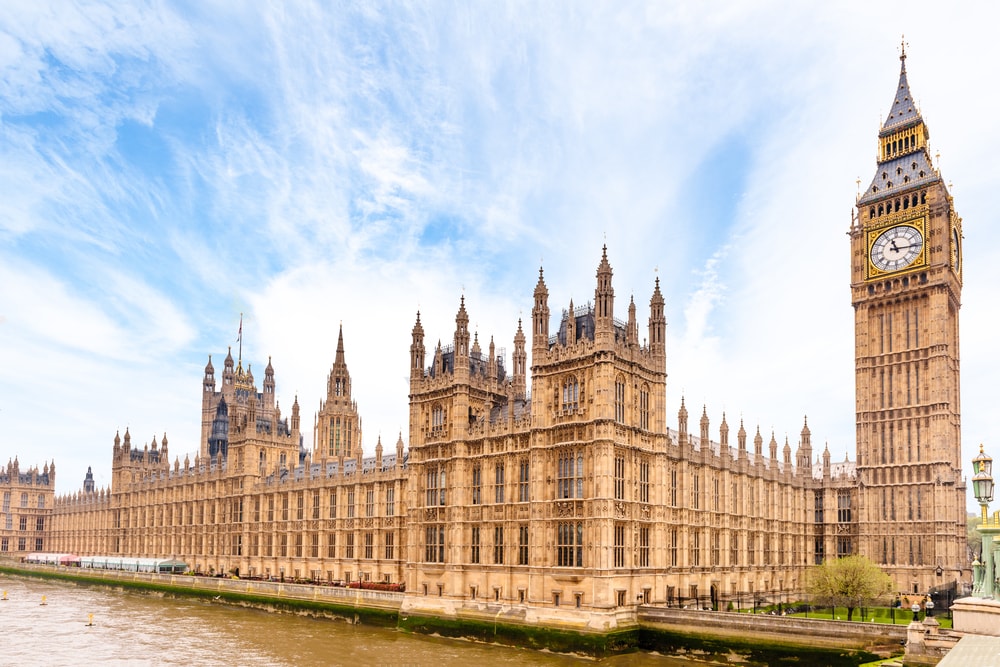The pensions industry has welcomed the government’s confirmation that it is proceeding with plans to combine small pension pots in the upcoming Pension Schemes Bill, but warned of long timelines, implementation complexity, and unanswered questions.
Under the reforms, each individual’s small pots will be combined into one pension scheme certified as delivering good value to savers, although individuals will retain the right to opt-out.
PensionBee chief business officer, Lisa Picardo, welcomed the government’s approach.
“The publication of the Small Pots Delivery Group’s report marks a significant and welcome step forward in solving one of the most pressing challenges in today’s pensions landscape.
She said the report set out a clear roadmap for how the industry and government can begin to consolidate millions of small, deferred pension pots, starting with those worth under £1,000, and introduces a framework that puts the interests of savers at its core.
Picardo also backed a statutory duty to consolidate and the creation of a Small Pots Data Platform, describing it as a “vital foundation” for a more streamlined, consumer-friendly system.
“We urge the government to move quickly to legislate and implement these proposals,” she added.
Aegon head of pensions, Kate Smith, echoed the importance of the proposed Small Pots Data Platform: “Previously described as the ‘clearing house’, this is a critical component as it will be responsible for data matching and verification, and identifying or allocating a default consolidator."
Despite the government’s intention to merge small pots, the Department for Work and Pensions (DWP) confirmed that consolidation was unlikely to begin before 2030 due to the need for legislation, regulatory frameworks, and infrastructure.
LCP principal, Tim Box, said the delay was “disappointing,” especially considering that small pot consolidation had been under discussion for over a decade.
And he warned that initial consolidation could have a limited impact unless the savings threshold is reviewed.
“The most significant issue will be keeping the £1,000 threshold under review, with the intention of increasing it over time,” he claimed.
Smith also highlighted the operational complexity and dependencies of consolidation.
“It’s clear that there’s still a lot of work to be done to determine the authorisation
and supervisory framework, design, delivery and implementation.”
However, she welcomed the phased timeline proposed by the government: “We believe this is a reasonable timeframe given the other reforms the government intends to deliver, including pension dashboards and the value for money framework.”
Meanwhile, others in the industry stressed the potential benefits for consumers and the wider pensions system.
Standard Life managing director, Gail Izat, said the reforms would “empower” people to take control of their savings.
“The number of small pots in the system is growing at a rate of knots and ultimately heightens the risk that people will lose track of their hard-earned savings.
“The introduction of consolidators that can administer these pots effectively and invest them dynamically will be a step forward and, combined with pension dashboards, will empower people to take control of their savings,” she added.
Quilter head of retirement policy, Jon Greer, described the initiative as a “much-needed tidying up exercise” for the current system.
“For a pot of £350... this can quickly turn into a loss. If you have multiple small pots, you could be paying unnecessary administrative costs,” he said.
“Additionally, some providers may offset their losses by charging higher fees on larger pension pots, meaning you could be cross-subsidising the costs associated with managing smaller pots.”
With this in mind, Greer highlighted the positive economic impact of consolidation.
“This initiative is set to boost retirement savings for the average worker by around £1,000 and save businesses £225m a year in unnecessary admin costs.
“It will cut costs for savers, make it easier to keep track of pensions and boost living standards, making working people better off. This reform is a significant step towards ensuring that workplace pensions work harder for savers,” he concluded.
Latest News
-
Pension Schemes Bill one step closer to becoming law as it moves to House of Lords
-
SCOOP: Netherlands' Keylane snaps up Heywood in undisclosed deal
-
MPs back PPF/FAS pre-97 indexation; calls for broader reform remain
-
73% of global pension plans using dynamic asset allocation strategy
-
Salary sacrifice concerns grow as HMRC reveals expected impact on workers
-
Debate prompts swing in support for releasing DB surpluses to employers
Private markets – a growing presence within UK DC
Laura Blows discusses the role of private market investment within DC schemes with Aviva Director of Investments, Maiyuresh Rajah
The DB pension landscape
Pensions Age speaks to BlackRock managing director and head of its DB relationship management team, Andrew Reid, about the DB pensions landscape
Podcast: From pension pot to flexible income for life

Podcast: Who matters most in pensions?

In the latest Pensions Age podcast, Francesca Fabrizi speaks to Capita Pension Solutions global practice leader & chief revenue officer, Stuart Heatley, about who matters most in pensions and how to best meet their needs
© 2019 Perspective Publishing Privacy & Cookies










Recent Stories